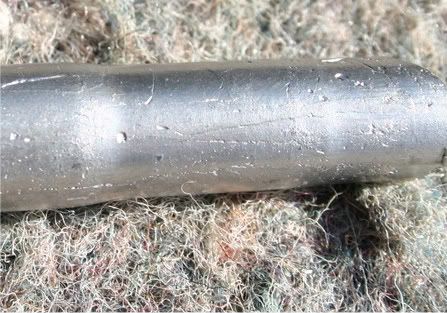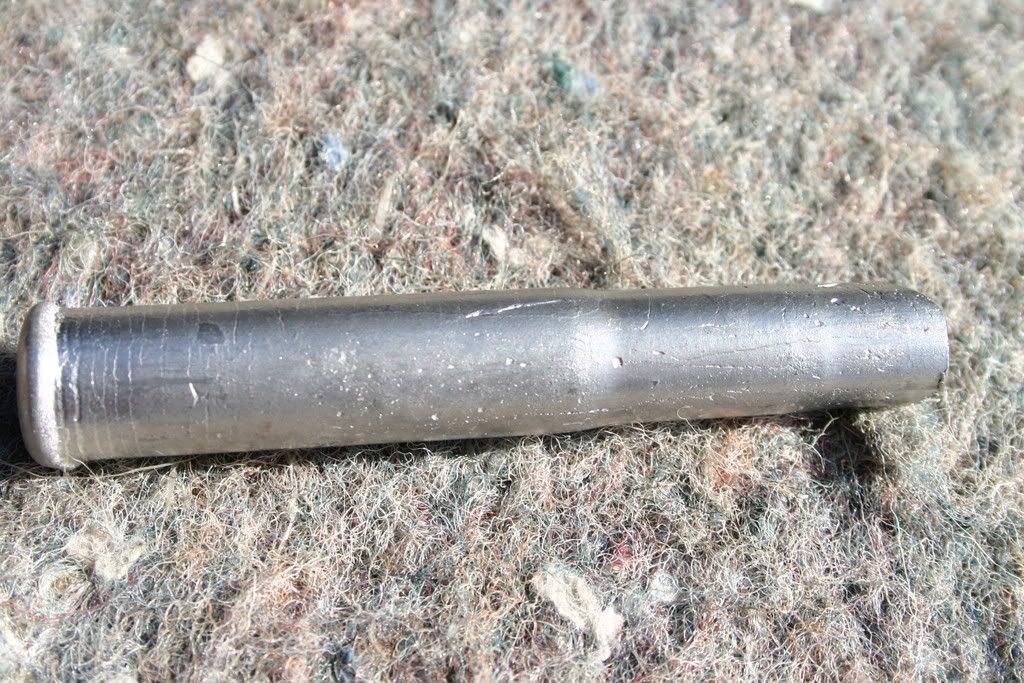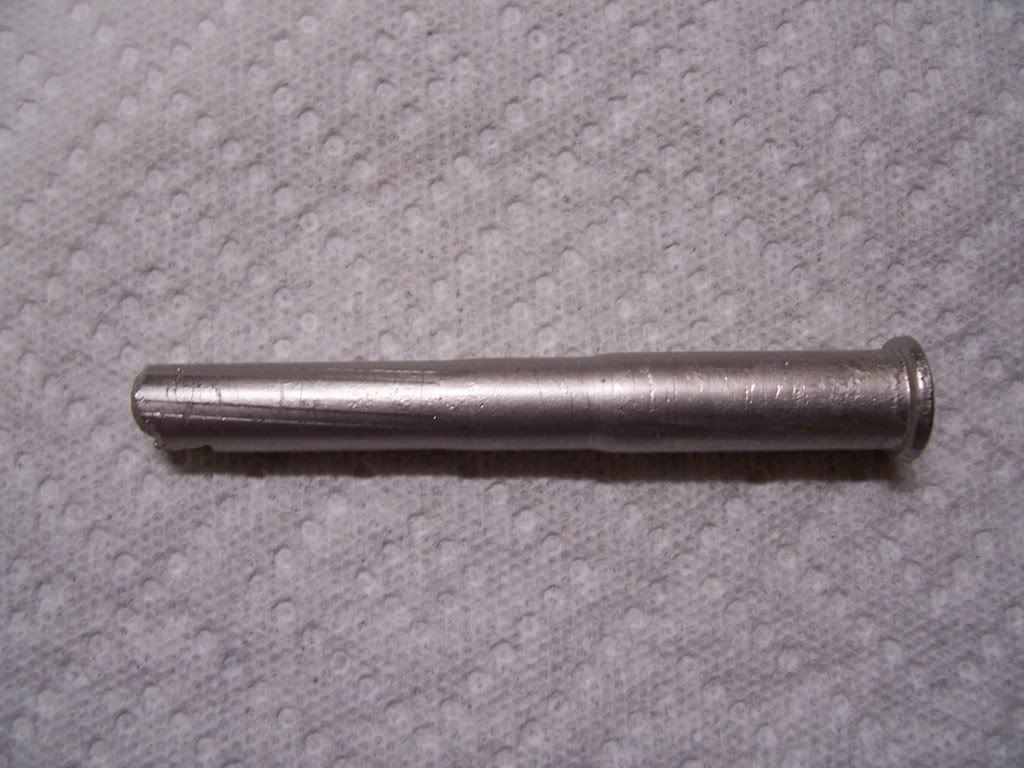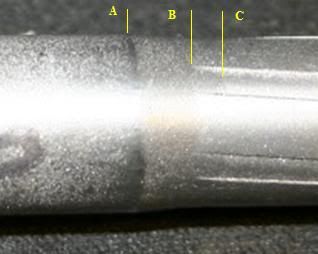I just finished using a reamer to remove the 45 degree shoulder in my 45 2 7/8 Shiloh and it went smoothly! The key to this is having an 'extension' on a T handle long enough to clear the stock; this is especially so if the stock is of the LRE or the Sporter #1 that has a fairly high comb! The extension I had wasn't long enough but the extension I had was afixed with a sliding handle through a hole in the extension and it wasn't any problem using the shorter extension. I'll make me one soon in the shop I have access to. The extension needs to be somewhat thinner in OD than the shank of the reamer as this one just cleared the rear of the loading slot on the Shiloh! I cleaned the chamber good before starting using brake cleaner and then running a couple of patches through the chamber/bore. I then took a black magic marker and marked the bottom of the cartridge rim area and my instructions from Dave Kiffe at Pacific Tooling was when I cut down to the point whereby I just removed a slight bit of the black....GO NO FARTHER! At first, as expected, when first turning I could feel a bump, bump, bump, but this got smoother and smoother as I got down toward the finish point and the last couple of turns were smooth as silk!!
My thanks to Orville and Kurt for advice given!! Shooting comes next after the rains move out! Very Happy Laughing Very Happy
Gonna do the Sporter #1 next!!

|
   
   
|
|




 Reply With Quote
Reply With Quote






















